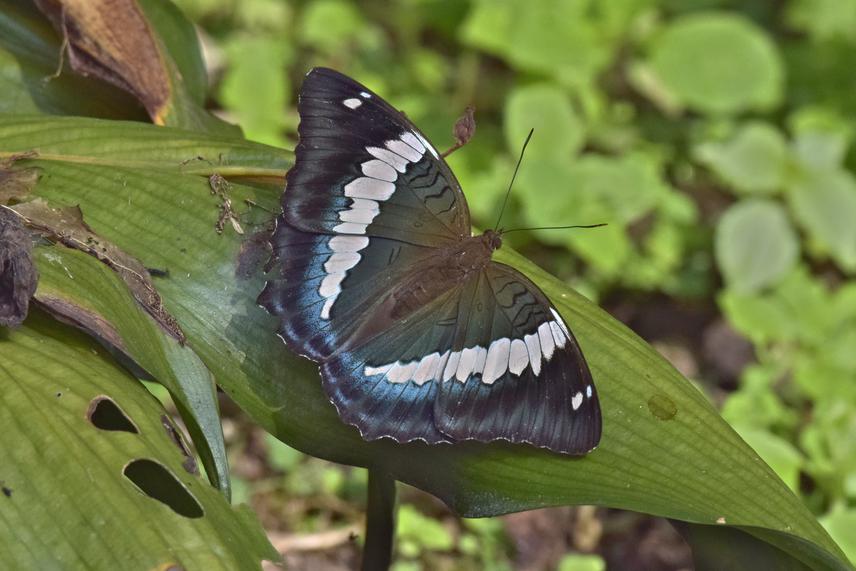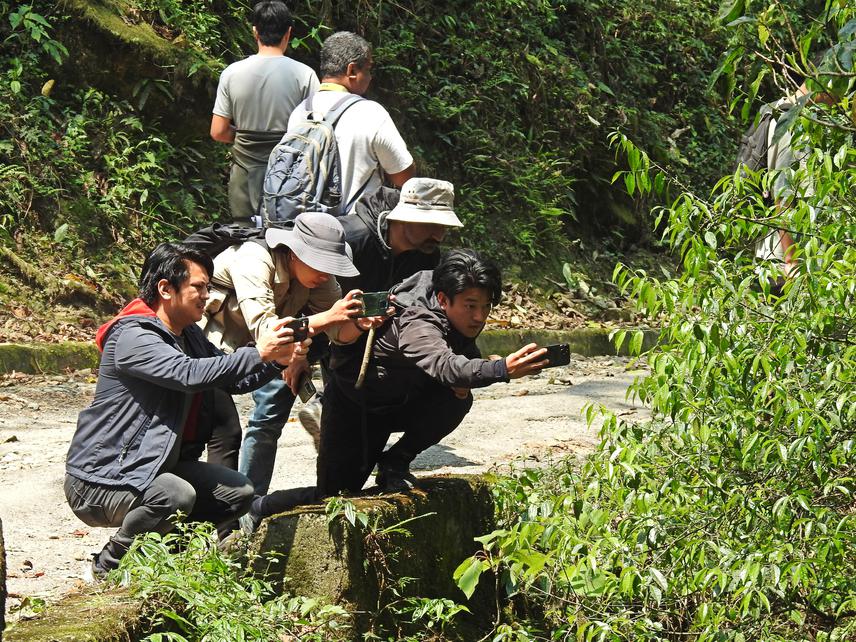Sailendra Dewan
Other projects
1 Nov 2016
Distribution Pattern and Conservation of Butterflies along the Elevational Gradient in Rangeet Valley, Sikkim, Eastern Himalaya
Long-term monitoring of biodiversity is an important tool to track biodiversity loss over time and to build robust conservation policies. Yet such programs are currently lacking, especially in regions such as Eastern Himalaya where biodiversity is high and species are under immense threat. Butterflies, recognized for their well-resolved taxonomy, ease of survey, aesthetic appeal, and sensitivity to environmental change, serve as effective environmental indicators, a surrogate of the richness of other species and a flagship taxon for promoting conservation. In the previous project, to create baseline data, we studied the elevational diversity and distribution pattern of butterflies gradient in Sikkim, Eastern Himalaya. The study revealed that the butterfly diversity hotspot lies within the tropical and sub-tropical belts at lower elevations.

Bassarona durga (Blue Duke), a state butterfly of Sikkim. ©Sailendra Dewan, ATREE.
In this project we aim to initiate a long-term butterfly monitoring program in Sikkim, Eastern Himalaya by involving student citizens, specifically targeting areas where human activities are prominent. The present study aims at systematically documenting butterfly communities across various areas including agricultural lands, privately managed forests, urban and suburban green spaces, and campuses of academic institutions in the socio-ecological landscapes.

Students and Researchers documenting butterflies in Sikkim, Eastern Himalaya in one of the citizen science awareness campaign organized campaigns by ATREE. ©Pema Yangden, ATREE.
The project aims to achieve the following results. i) The work will aid in establishing a groundwork for our vision of implementing a long-term butterfly monitoring program in the Eastern Himalaya (LBMP-EH). ii) LBMP-EH will be important in generating a database on inventories and status of butterflies (which is currently lacking in the Himalayan region) in the landscape that forms a basis for formulating evidence-based conservation policies. iii) Initiating a long-term monitoring program as part of this work will provide a foundation for assessing the impacts of environmental change and anthropogenic pressures on butterfly populations over a period. iv) Additionally, the work will enable us to identify critical habitats necessary for conservation in the Eastern Himalayan landscape. v) Moreover, the project seeks to empower stakeholders including students, local citizens, and researchers in conservation efforts by raising awareness about butterflies and the service they provide. Community engagement will be essential in two aspects: Firstly, such endeavours help in developing a sense of stewardship among community members and empower them to actively participate in conserving their environment. Secondly, involving the community will accelerate the rate of recording butterflies. The project aims to promote the conservation of butterflies jointly through research and community engagement.